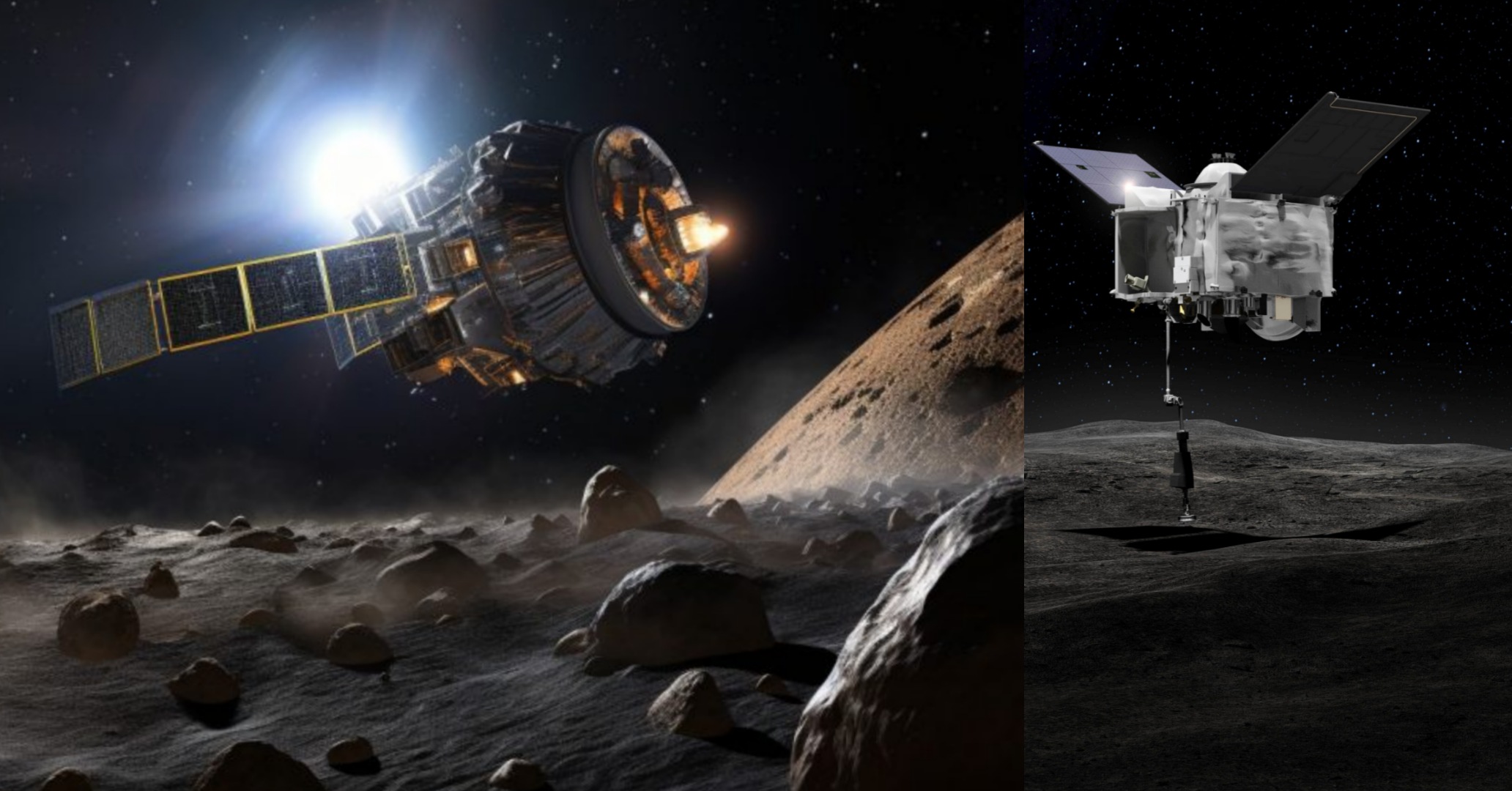
In approximately 5 and a half years, astronomers anticipate a momentous event as an asteroid, comparable in width to the Empire State Building’s height, hurtles within 20,000 miles (32,200 km) of Earth—the closest a celestial object of such magnitude has approached our planet in modern history.
NASA’s spacecraft, OSIRIS-REx, launched in 2016, is poised to play a pivotal role in this rare celestial encounter. Directed by University of Arizona scientists, the mission aims to provide an intricate examination of the asteroid, named Apophis, offering valuable insights into planetary formation and essential knowledge for devising a defense system against potential asteroid collisions with Earth.
Initially perceived as a threat upon its discovery in 2004, Apophis was thought to pose an impact risk in 2029. Subsequent refined observations eliminated immediate concerns, with the next approach in 2029 bringing the asteroid within a cosmic hair’s breadth of Earth—less than one-tenth the moon’s distance and well within the orbits of some geosynchronous Earth satellites.
OSIRIS-REx, renowned for its soil sample retrieval from a different asteroid three years ago, has been repurposed as OSIRIS-APEX (APophis EXplorer). The spacecraft’s thrusters have been activated to navigate toward Apophis for the upcoming encounter.
Apophis, measuring about 1,110 feet (340 meters) across, is expected to pass within 19,800 miles (31,860 km) of Earth’s surface on April 13, 2029. While not a spectacular show, it will become visible to the naked eye for a few hours, appearing as a point of reflected sunlight over Africa and Europe.
The OSIRIS-APEX mission is set to observe the asteroid’s Earth flyby, capturing images and data that, when combined with ground-based telescope measurements, will reveal alterations in Apophis caused by Earth’s gravitational pull. The spacecraft will remain in close proximity to Apophis for 18 months, using rocket thrusters to unveil its surface composition.
Beyond planetary exploration, the mission holds significance for planetary defense efforts. Apophis, a relic of the early solar system, offers clues to the origin and development of rocky planets. Understanding its composition, density, and orbital behavior enhances the prospects of formulating effective asteroid-deflection strategies.
While Apophis doesn’t pose an existential threat, its impact could be devastating. Although not globally catastrophic, the potential for devastation to a major city or region is real. As Michael Nolan, deputy principal investigator for the mission, notes, the hypersonic impact could unleash tsunamis, marking a significant concern for Earth’s safety.
